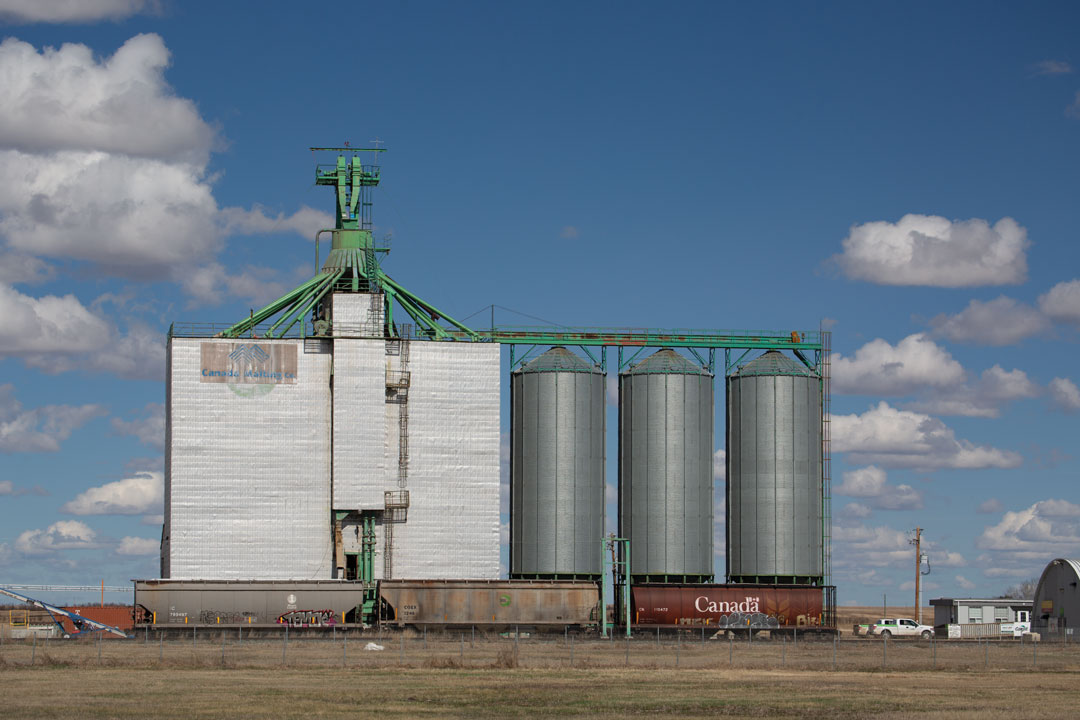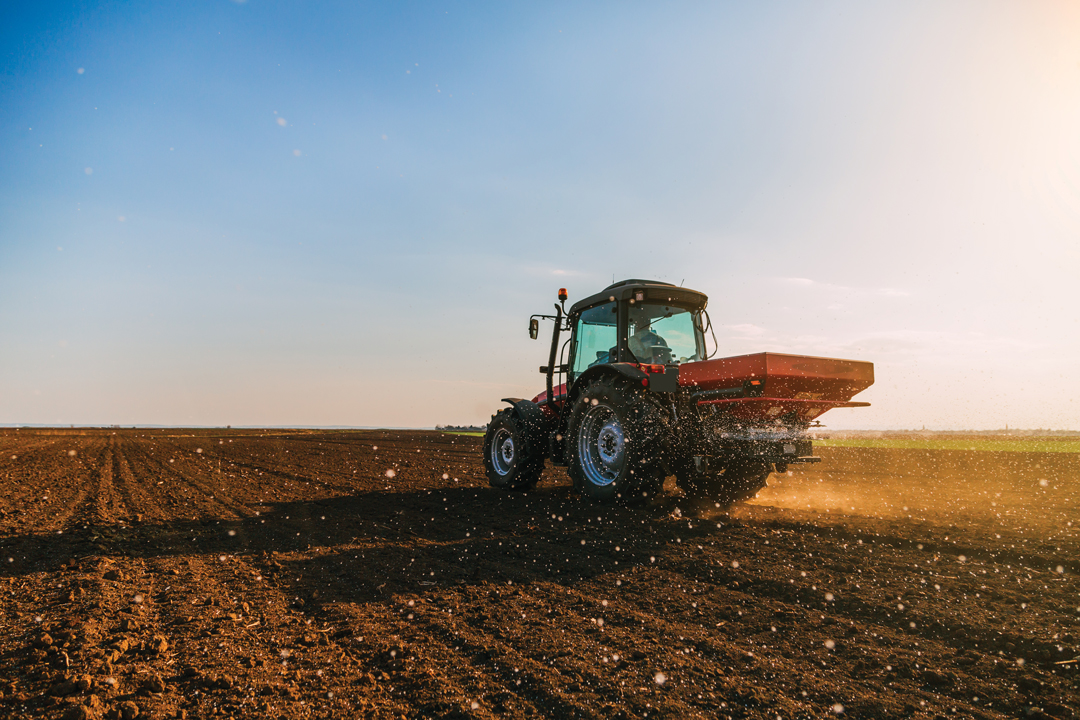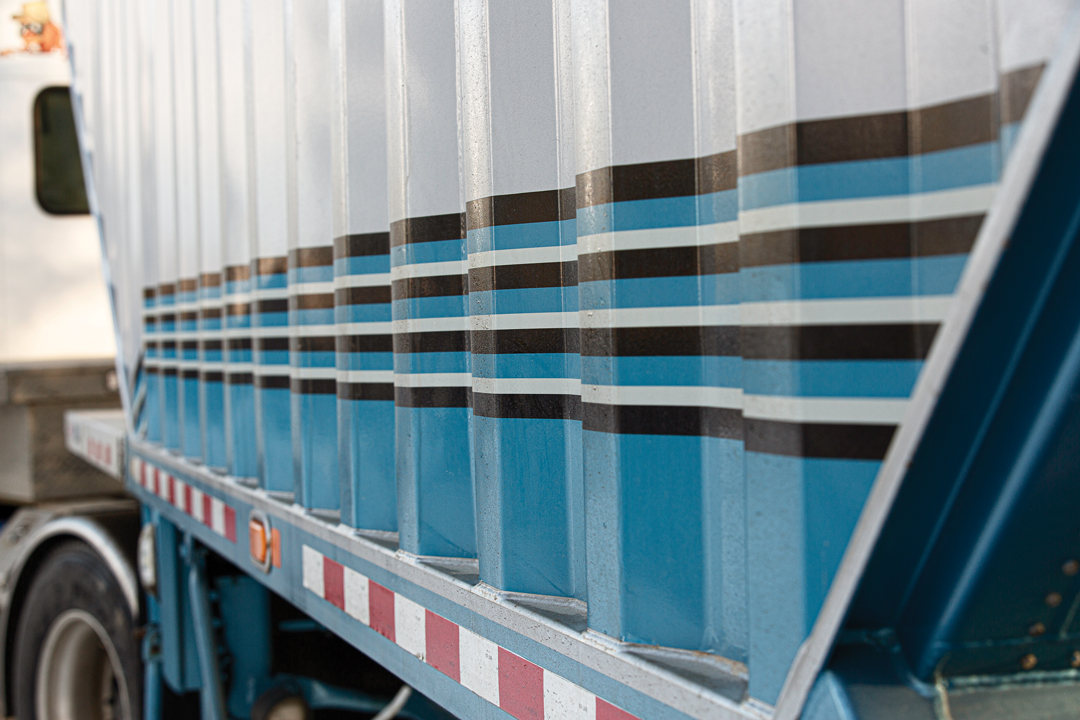MARKET SHIFT CAUSES UNREST
BY GEOFF GEDDES • PHOTO OF CANADA MALTING ELEVATOR FACILITY IN LYALTA COURTESY OF MICHAEL INTERISANO
Like the ale versus lager taste debate, the decision to grow malt or feed barley has strong proponents on both sides. As barley farmers ponder their crop options for the coming year, the choice has been complicated by an unusual development: “intent to grow” contracts for malting barley priced below that of feed barley. This erosion of the price premium for malting barley may have implications for maltsters and farmers.
“Malt barley is one commodity that has really been hurt by COVID-19,” said Kevin Sich, Rahr Malting supply chain director at the company’s Alix malthouse. “Demand for wheat and canola is going through the roof as countries strive for food security, but with no fans in the stands for sporting events and concerts, draft sales are down 25 to 30 per cent in North America.”
With the business slowdown for brewers, maltsters have had to be more selective in their barley buying and pricing.
CRUNCH TIME
“Normally with pricing, we look at the rates for competing crops (wheat and durum) and for feed barley,” said Sich. “To start, we figure out the return on investment per acre and plug in some numbers. If wheat is trading at $7/bu and yields 60 bu/acre versus 70 bu/acre for barley, what price do we need for malt to be competitive? There are a lot of variables at play in setting the final prices.”
For the 2020/21 crop year, Rahr did a lot of forward pricing for malt at $5.25 to $5.50/bu, in early 2020 while, in the latter part of 2020, feed barley came in at $6/bu or higher. In January, 2021, feed barley prices closed in on the $7 mark. “We are seeing some unrest with malt growers over these numbers, and that is something we have to take very seriously,” said Sich.
If farmers can earn higher returns by growing feed than with malting barley, the choice is clear, right? Like most things in farming, it’s not so simple. “Farmers have a history of chasing prices, and when that happens, prices come down,” said Brennan Turner, CEO of FarmLead. Based in Ottawa, ON, FarmLead helps facilitate the digital cash trade of agricultural commodities. As an example, Turner cited January of 2019, when feed barley prices were at a similar level to January 2021. “Because so many feed barley acres were planted that spring, the price dropped by $80 per tonne. If you didn’t contract anything, you were swimming naked with the tide out.”
In large part, the decision on whether to grow malt or feed is a rotation question based on what will help you achieve the best possible crop for the lowest cost. Even so, there are other factors to consider.

INPUTS AND OUTCOMES
“Malt barley requires more crop inputs to ensure you meet the proper standards for chit, germ and such,” said Turner. “From that standpoint, feed seems like the better bet right now. But looking ahead, feed prices are likely to pull back as China is incentivizing farmers to grow corn, which is the main substitute for barley when it comes to feed rotations. I think the demand for feed barley in China will drop while malt demand remains high due to China’s rift with Australia.” China is engaged in an ongoing trade dispute with Australia, accusing it of dumping agricultural products and placing an 80 per cent tariff on many Australian crops, including malting barley.
At the farm level, there may be wisdom in the admonition to “go with you what you know.” “Some farmers are good malt barley growers and prefer to stick with something they do well,” said Turner. “You have to engage in some pencil farming, consider what you need to put on the crops in terms of groceries and look at what prices will be next fall.”
Once they have crunched the numbers, a few malt farmers may jump ship in the short-term, but they may be the exception rather than the rule.
STAY OR SWITCH?
“Certain guys will probably switch to feed varieties,” said Rod Green, a semi-retired grain broker with Central AG Marketing in Airdrie. “With the cost of seed, though, changing course can be expensive. I think most producers growing malt today will continue on that path.”
Glen Gateman, a malt barley farmer near Mossleigh faces this dilemma. “I’m just trying to decide what to do, and a lot of my fellow growers are in the same boat,” said Gateman. “Many longtime growers are asking the same questions: is it worth it to move to feed? Why take the risk of growing malt that may be rejected when you are looking at good prices for feed right off the combine?”
At the same time, many farmers have established relationships with maltsters over the years and don’t wish to sacrifice these for the sake of short-term gain. “For someone like me who has been growing malt for years, I also have to think about the risk involved in switching to a feed variety for one year,” said Gateman. “I may wind up with volunteer issues that can impact grain quality and contaminate my malt for years to come.”
Long-term, Gateman believes maltsters will get what they need as long as they are willing to pay for it. “New malt varieties have improved and yielded better, so they are still of great interest,” he said. “Even if guys are not committing to contracts with maltsters now, they will likely still grow it in the end.”
Those who choose to stay with malt should do all they can to net a good price. Consult a grain broker to secure the best possible malt contract and focus on the two key factors that boost the bottom line: people and plants.
“A lot of your success in this business is tied to relationship building,” said Gateman. “It is a two-way street with customers, and you must take the time to prove you can grow quality malt on a consistent basis, especially in the domestic market. Achieving that quality takes pre-planning when it comes to rotation and nutrient management. You must keep your protein levels down while maximizing yield, which can be a fine line. With feed barley, you just try and grow as much as you can and there’s not a lot to worry about. In growing malt, you are going to take a hit on yield, but if you keep the quality high, the premium you receive should make up for it, at least in a normal year.”
In the meantime, beer consumers will continue to debate the comparative appeal of ales and lagers, and for barley farmers and maltsters, this is a good thing.








Comments